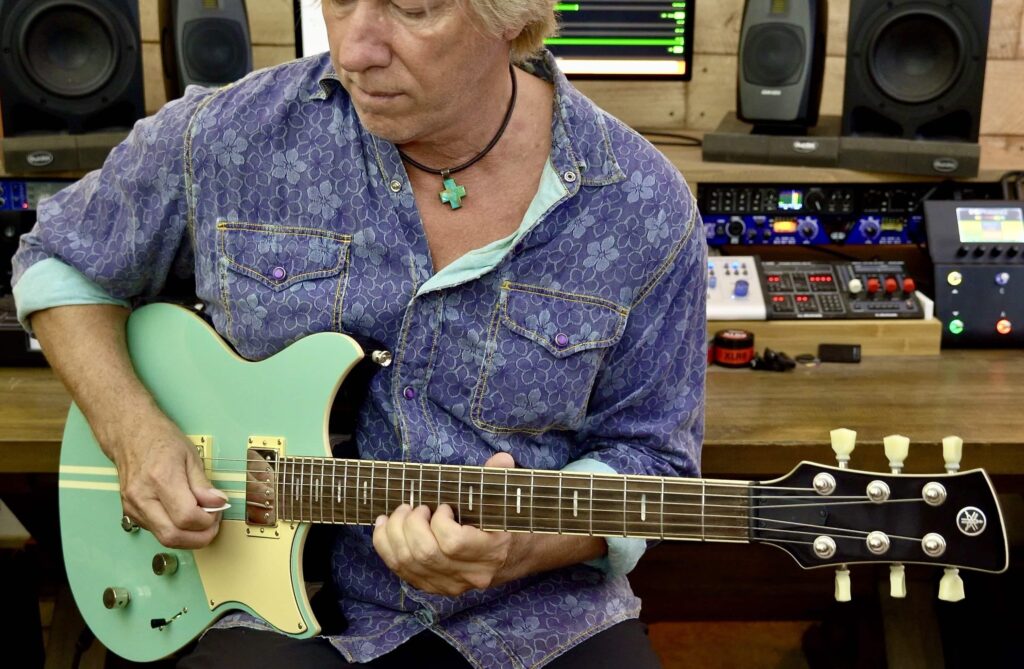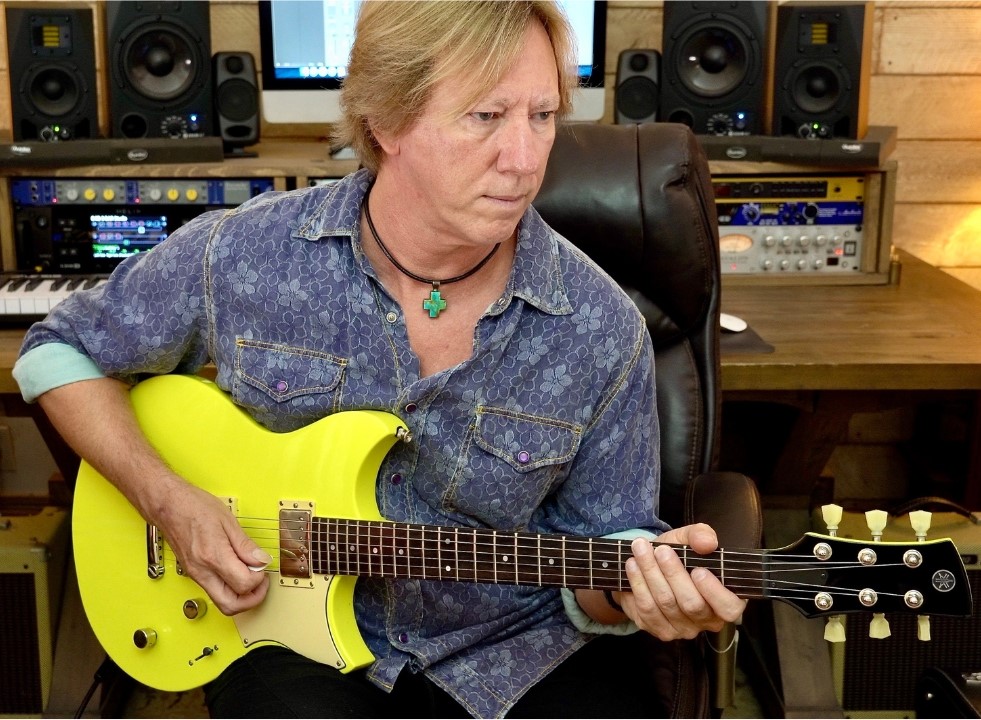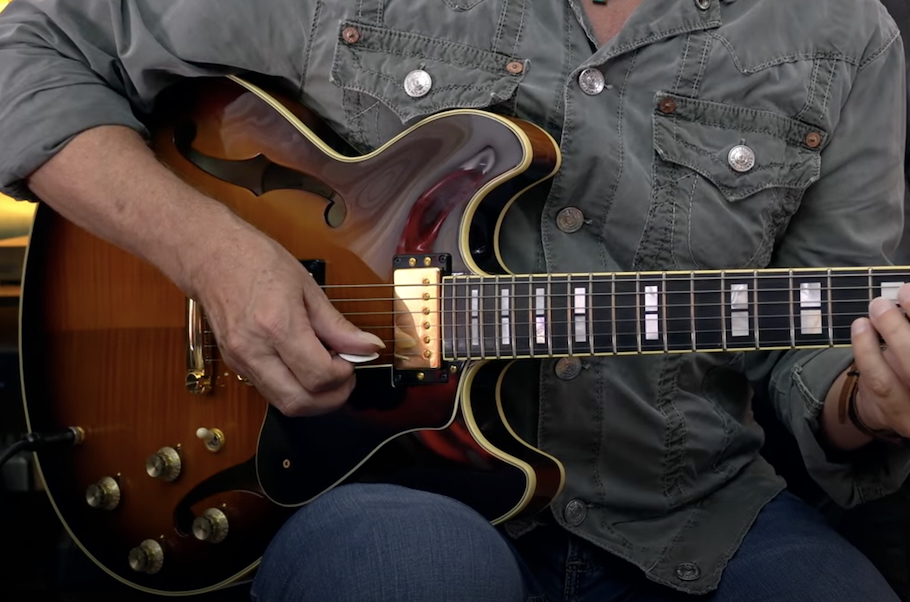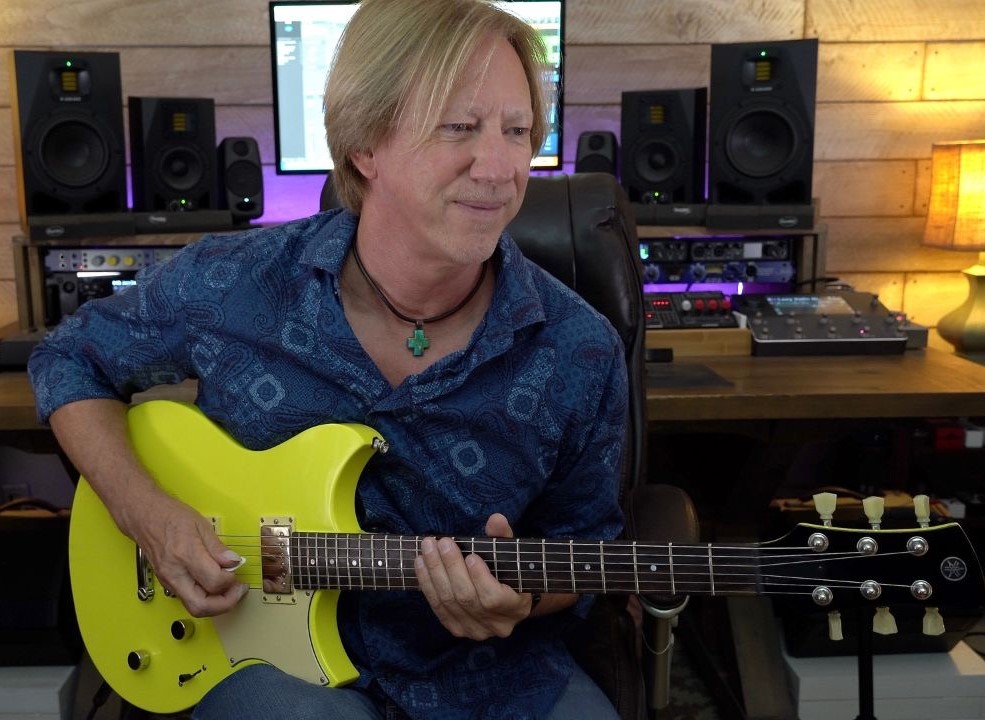Playing With Tempo
Musical momentum.
What’s the difference between a drummer and a drum machine? Two bars at the end of the song!
I jest, of course, and have the utmost respect for my amazing drummer friends. But most musicians who play live will understand that quite often tempos will race ahead during a show, due to the excitement of the performance and the resultant adrenaline rush. This is quite normal and can sound — and feel — really good … as long as everyone continues to lock into the drummer and his or her fluctuations.
Bands that work with recorded tracks and MIDI programming will instead use a click track to stay locked in to the tempo. Though often set to a single fixed tempo, these clicks can be “mapped” — that is, painstakingly worked out on a bar-by-bar basis to make sure the music feels good rhythmically and melodically at those speeds.
Here’s a guide to playing with tempo – not just playing in tempo. There’s a difference, as you’ll soon see. First, though, let’s start with the basics.
What is Tempo?
Tempo is the speed at which a piece of music is (or should be) played. You can consider tempo as being the pulse or heartbeat of the music; in many ways, it’s the very foundation of all music.
Tempo is measured in beats per minute (BPM for short). Each beat receives the rhythmic value of a quarter note, so 60 BPM constitutes one beat (one quarter note) every second, while 120 BPM constitutes two beats per second, etc.
Tempo markings (in BPM) are usually written to the left of the song title on a chord chart or manuscript. The producer, bandleader or artist may change those markings by a few BPM as they work through the arrangements.
It’s important to understand that tempo is not the same as rhythmic feel. However, the tempo can affect how a piece of music is felt or perceived by the listener. A normal resting heart rate for adults ranges from 60 to 100 BPM … which may explain why music in those tempos somehow feels “right” to most of us.
How Is Tempo Used?
Composers use tempo to create excitement, anticipation and sadness, to great effect. The tempo for a car chase scene in a movie, for example, would most likely be at a high BPM, while the music accompanying a romantic embrace or moment of sadness would likely be played at a slower tempo, with less rhythmic complexity.
Songwriters and vocalists use tempo to support the pace of melodic and lyrical delivery. If the phrasing of a lyric is rushed, its clarity and meaning may be lost or incomprehensible to the listener. For that reason, acoustic versions of songs are sometimes performed at slower tempos than the original recordings, which of course changes how the song feels. I use this technique on certain songs during my live performances. For example, I play the classic rock song “Boys Of Summer” fingerstyle and at a significantly slower tempo, much like a ballad. I take the same approach to the iconic Tom Petty tune “Free Fallin’” and the pop singalong “Jessie’s Girl.” My audiences seem to love the more relaxed delivery.
It’s also worth pointing out that people who are learning to read music are often encouraged to use slower tempos to facilitate the execution of even the simplest of melodic lines. Tempos can and should be raised gradually as note recognition and performances improve.
The Internal Metronome
When I first started learning guitar, I worked religiously with a metronome. This instilled a strong rhythmic foundation for my development as a musician, and helped me understand how musical information fits within measures of music.
As an instructor, I’ve seen students who’ve never worked with a metronome really struggle with timing, tempo and the basic framework of rhythmic subdivisions, so I consider it a vital part of learning to play guitar … or any musical instrument, for that matter.
As a solo performer, you’ll need to develop an internal clock that you can feel within you; this will allow you to establish your tempos and grooves. Those tempos and grooves may change slightly in every performance, depending upon how you, as an artist, are feeling at that moment in time. We should feel the music we play and let our emotions inform the performances, allowing the art form to breathe a little.
The Importance of Pocket
As a musician, you’ll often hear the term “pocket.” I like to explain it as the perfect rhythmic placement of a musical element within the context of an arrangement (i.e., “playing in the pocket”). Tempo plays a huge part in the creation of pocket. If the tempo is too fast or slow, the pocket may be lost.
Speed and Accuracy
There are guitar players out there — some of whom are quite famous — that I humbly consider “sloppy” in their delivery. The energy is all there, but their accuracy often suffers as a result of the tempo and complexity of the phrases they choose to play. Nonetheless, they’ve had incredible careers, and I salute them for that and their musical approach. It’s a part of their unique style too!
But if you’d prefer your phrases to sound clean, articulate and rhythmically consistent, I advocate playing slowly and perfectly, bringing any ideas up to “speed” over time, while retaining accuracy. Improvisers with incredible chops may find playing exotic bebop lines or fiery metal solos no problem at all. Mere mortals like me pay very close attention to tempos. You’ll never hear me playing fast, because quite simply, I can’t. I’d rather articulate and deliver a phrase cleanly than try to show off. I’m profoundly aware of those limitations within myself, and I created a style around it.
The Video
It took me a little while to find the correct tempo for the guitar riff in this video to sound comfortable. I knew that I wanted to double that riff with the bass guitar, and I didn’t want either element to feel rushed. In the end, I found that a tempo of 88 BPM worked best.
I’ve placed the lead guitar lines in-between those guitar riffs, utilizing space in the arrangement for them to stand out so that they define their own presence in the mix.
The Guitars
Rhythm Guitar Parts
The Yamaha Pacifica may well be one of the most versatile electric guitars on the market today. It’s been a staple in the company’s guitar range for over 30 years, and with good reason. The range of tones and textures available from this double-cut workhorse are astounding, making it the perfect guitar for both recording sessions and live performance.
I used a Pacifica 612VIIFM exclusively for the rhythm guitar parts in the video, which were double-tracked using the coil-tapped humbucker and middle pickup configuration (position two), panned hard left and right in the mix.

Lead Guitar
The slide and single-note lines in the video were played on a Yamaha Revstar RSS20. I wanted a warm, rich tonality for those lead guitar parts, and as you can hear, the Revstar humbuckers offered just the right amount of growl and depth.

The Wrap-Up
We can combine rhythmic feel, groove, pocket and tempo with harmonic structure, melodic sensibilities and a lyrical narrative to create everything from a ballad to electronica.
Every creative element within the composition will have a profound effect on the others, so careful considerations need to be made before committing to the final blend, paying special attention to your tempos. Experiment with them until they let the music ebb, flow and breathe naturally. That’s a true recipe for success!















